American Colour (2011)
Genre :
Runtime : 25M
Director : Joshua Bonnetta
Synopsis
American Colour was funded by the Images Festival and the Deluxe Cinematic Vision Award. "Joshua Bonnetta’s American Colour (note the bi-national spelling), was shot on old rolls of 16mm Kodachrome during a pilgrimage from the stock’s birthplace in upstate New York to Kansas, where its final rolls were processed earlier this year. Like a postscript to Dean’s Kodak, American Colour explores Kodachrome’s historic use and singular hues, doing so with digital means in the wake of its obsolescence.
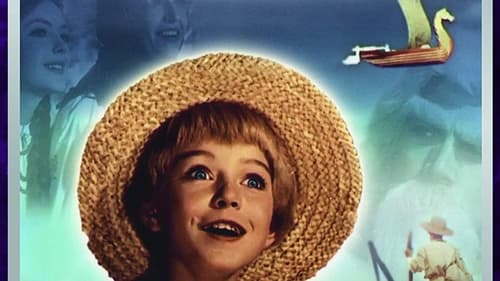
Ukrainian folk tale. The hero of the story, Kotigoroschko sets off on an arduous journey to find his sister Olenka, who has been kidnapped by an evil dragon. Dangers lurk everywhere. Everywhere the submissive servants of the dragon fight him, but again and again, good-hearted people help the brave young knight survive the adventurous journey: they give him a sword, life-giving water and a flying ship. Finally Kotigoroschko enters the realm of the dragon...

In Rembrandt, Haanstra shows that it is possible to make a fascinating film only with images from paintings. He had to travel though all over Europe to numerous museums and private owners in order to film the works of art. In the work of the great painter, Haanstra recognizes his particular interest in man as an individual human being, cutting straight through all the religious motives. And Haanstra also wants to see Rembrandt as an individual.

Terra Incognita is a lensless film whose cloudy pinhole images create a memory of history. Ancient and modern explorer texts of Easter Island are garbled together by a computer narrator, resulting in a forever repeating narrative of discovery, colonialism, loss and departure.

Coffee Masters is a documentary by Miguel Kohan, produced by Lita Stantic, Gustavo Santaolalla and Walter Salles. It tells the story of great tango of the old guard who, summoned by a rock musician, proposing a record to demonstrate its validity. This adventure, full of memories, humor and poignant moments, culminating with a presentation of the Masters at the Teatro Colon.
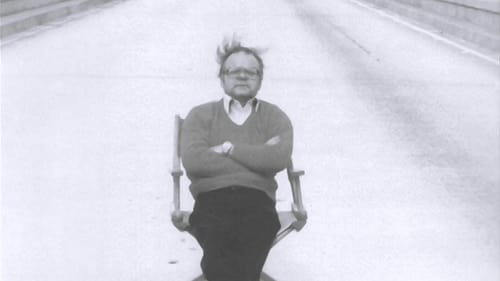
This documentary examines the life and legacy of controversial Italian filmmaker Lucio Fulci through interviews with his colleagues, each of whom answers the question, "What is your fondest memory of Lucio Fulci?". The responses are as varied as the people who knew the late writer-director, providing a nuanced look at the man behind such gory grindhouse classics as City of the Living Dead and The House by the Cemetery.

The first part (winter) of a seasonal study of the Hudson river in New York.

In a 13-minute navigation, Nestler takes us downstream the Rhine River. The opportunity of cheap water transport kept prices of raw material down and made the Rhine one of the most important arteries of industrial transport in the world.
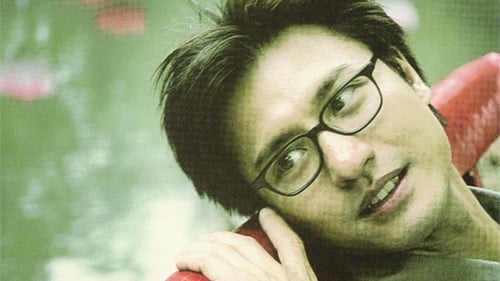
Young Chinese-American filmmaker Wei-ming travels from New York to his childhood home on Lamma Island to make a video documentary about the imminent opening of a Disneyland theme park in Hong Kong. While doing research for the project, he meets Larry, a dancer/choreographer.

Chapter Two represents a continuation of daily observations from the environment of Manhattan compiled over a period from 1980-1981. This is the second part of an extended life's portrait of New York.

A short treatise on the semiotics of capital, happiness, and phenomenology under the flickering neon of global capitalism.

Six men. The forest. The menace is there somewhere. Armed, ready, looking for action, they wander, day and night, striving for a confrontation.

An off-screen narrator remembers a time he was five years old, walking to school in a heavy rain, wearing a yellow slicker and cap. He relates to us that a boy he'd never seen before ran up to him and said that it was raining worms. Our lad of five is on the cusp between believing anything he hears and entering the age of reason. He asks for proof. He holds out his hand.
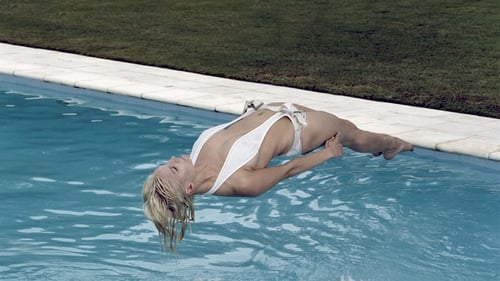
Three wordless rituals: birth, between, and rebirth. A woman lies at the bottom of a swimming pool, alone. The camera pans her body. She starts to rise, then sinks; convulsions follow and then she rises and hovers above the pool. A shirtless man in white pants stands in an asphalt lot, a car visible on either side. Convulsions begin. The cars back up, still facing him and each other. They pause; they race toward him. He leaps. A youth, shirtless and in white shorts, stands in front of a tall building. Doors open, he enters and walks to an elevator. Convulsions strike him as he rides to a top floor, exits the elevator, pauses, and runs toward a window. He crashes through.

Hutton's most impressive work ... the filmmaker's style takes on an assertive edge that marks his maturity. The landscape has a majesty that serves to reflect the meditative interiority of the artist independent of any human presence. ... New York is framed in the dark nights of a lonely winter. The pulse of street life finds no role in NEW YORK PORTRAIT; the dense metropolitan population and imposing urban locale disappear before Hutton's concern for the primal force of a universal presence. With an eye for the ordinary, Hutton can point his camera toward the clouds finding flocks of birds, or turn back to the simple objects around his apartment struggling to elicit a personal intuition from their presence. ... Hutton finds a harmonious, if at times melancholy, rapport with the natural elements that retain their grace in spite of the city's artificial environment. The city becomes a ghost town that the filmmaker transforms into a vehicle reflecting his personal mood.
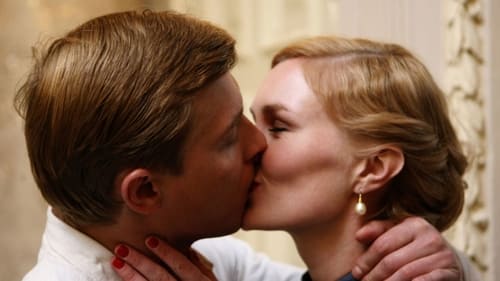
Iskyss is a strong and poetic love story based on Gunvor Galtung Haavik’s double life through 30 years. During the Cold War, she was employed by the Norwegian Ministry of Foreign Affairs, and assigned to the Norwegian Embassy in Moscow. With the information she had access to in the capacity of her position as interpreter and secretary, she frequently fed the KGB secret information.
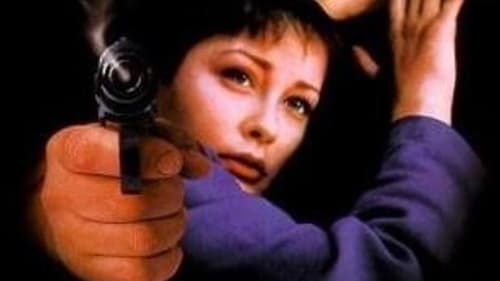
A loving couple struggle to fend for themselves in modern day Los Angeles, One a loner and down and out, the other a lonely but hardworking secretary. Eventually, as cracks form in their passionate relationship, they resort to robbing an aging actress for money.

Abel Hradscheck, the owner of an inn in the Oderbruch country, faces financial ruin. For this state of affairs, Ursula, his wife and former actress, is by no means free of blame. She is a "newcomer" to the area and even after eleven years in the area, still a "stranger". A Cracow company announces that a money-collector is on his way to the innkeeper. Mr. Szulski arrives and the debts are settled - with money supposedly stemming from an inheritance. The next day, Szulski departs but according to the maid and the stable-boy, behaves in a very strange manner. Soon afterwards, his carriage is discovered in the Oder River, but there is no trace of the drowned man. Hradscheck's neighbor starts casting suspicion on the innkeeper. The Counselor of Justice, who heads the investigations has the spot under the pear tree dug out. A dead body is exhumed...

At the height of Reign of Terror Maximilien Robespierre orchestrates the trial and execution of several of his fellow leading French revolutionaries including Georges Danton.

The third part in a series of films dealing with naturally-derived psychedelia. Shot during a performance by Rhode Island noise band Lightning Bolt, this film documents the transformation of a rock audience’s collective freak-out into a trance ritual of the highest spiritual order.








